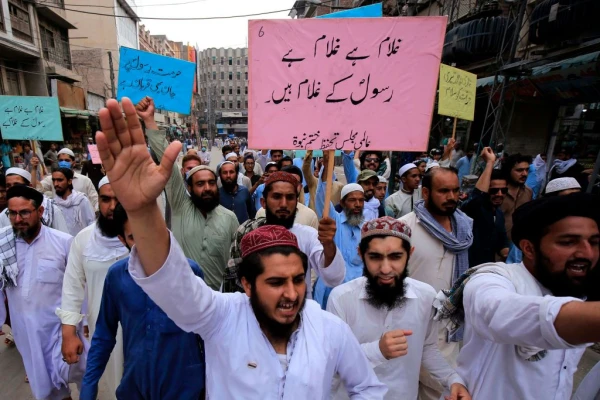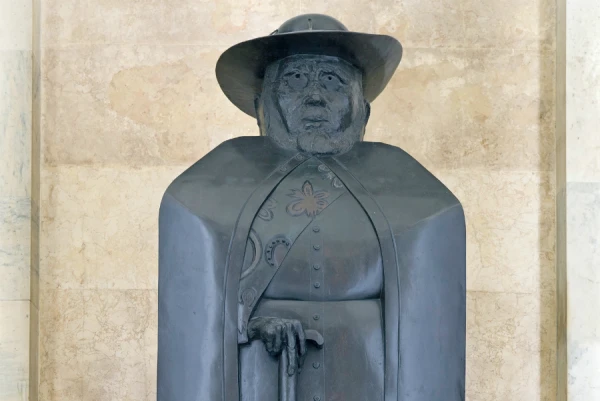#9694 Open Forum for Non-Catholics – Tim Staples
Questions Covered
17:09 – My dad was religious and abused me heavily in the name of God when I was a kid. I can’t comprehend how a God could allow that to happen.
36:25 – What does Tim think of the modernization of the Catholic Church?
47…


Recent Comments